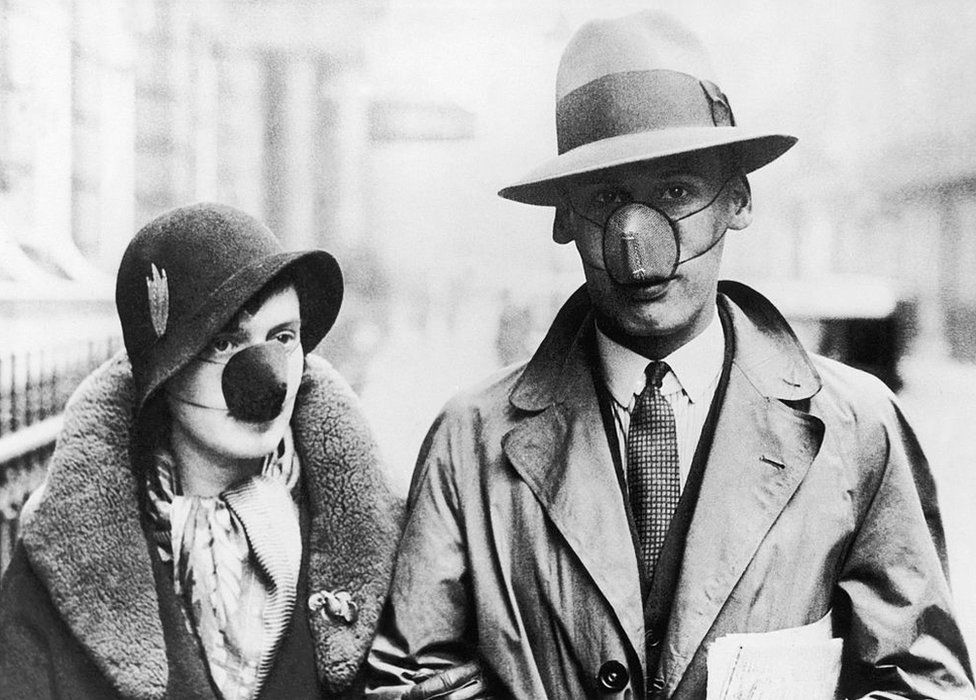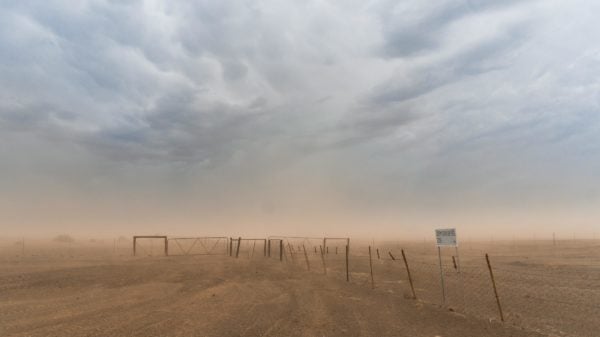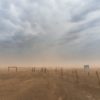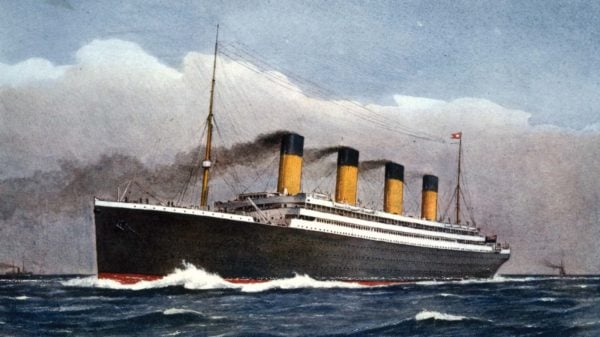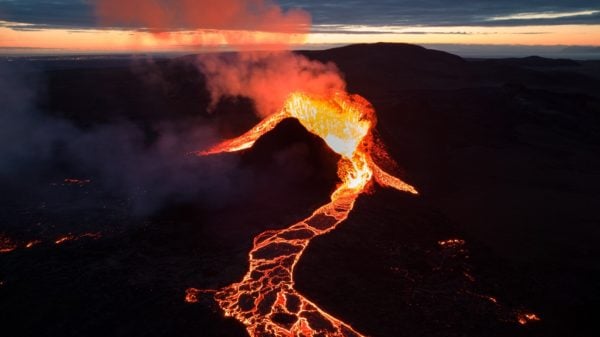The great flu pandemic of 1918, called the Spanish Flu, occurred a little over a century ago. The Flu is notorious for killing individuals. Somewhere in the range of 50 to 100 million people passed away. That’s as much as 5% of the total populace. The Spanish Flu infected a large portion of a billion individuals.
Particularly intriguing was the 1918 influenza’s inclination for affecting healthy adults instead of children and the elderly, who ordinarily experience rougher battles. Some have considered it the worst pandemic ever.
It All Began in Spain
The pandemic probably procured this epithet on account of World War I, which was going all out at that point. The significant nations engaged with the conflict were quick to try not to empower their adversaries. Thus, reports of the degree of seasonal influenza were stifled in Germany, Austria, France, the United Kingdom, and the U.S. Paradoxically, unbiased Spain had no compelling reason to stay quiet about the influenza. That caused the misleading impression that Spain was enduring the worst part of the sickness.
Result of a Super-Infection
The 1918 influenza spread quickly, killing 25 million individuals in the initial half-year. This drove some to fear the finish of humankind and has since powered the assumption that the strain of Flu was especially lethal. However, later review proposes that the actual infection, however more deadly than different strains, was essentially not quite the same as those that caused plagues in different years.
A significant part of the high death rate can be credited to packing in military camps and metropolitan conditions. The wartime situation simply allowed the infection to thrive. It’s currently believed that a large number of deaths were because of the advancement of bacterial pneumonia in lungs debilitated by the Flu.
The Second Spanish Flu Wave was the Worst
In reality, the underlying flood of deaths from the pandemic in the principal half of 1918 was generally low. It was in the subsequent wave, from October through December of that year, that the most noteworthy demise rates occurred. The spring of 1919 brought in a third wave deadlier than the first yet less so than the second.
Researchers presently accept that the stamped expansion in deaths in the subsequent wave occurred due to conditions that supported the spread of a deadlier strain. Individuals with milder cases remained at home, yet hospitals would frequently packed together those with severe cases into medical clinics and camps, expanding transmission of a more deadly type of the infection.
Spanish Flu Infection and Death Rates
Indeed, by far, most individuals that the 1918 influenza infected, did live. Public death rates among the tainted, by and large, didn’t surpass 20%. Nonetheless, death rates shifted among various gatherings. In the U.S., deaths were especially high among Native American populaces. This is perhaps because of lower paces of openness to past strains of the Flu. At times, the infection wiped out entire Native groups.
No particular vaccine of viral treatments was accessible during the 1918 influenza. That is still generally evident today, where most clinical consideration for seasonal influenza plans to help patients instead of fixing them. One speculation proposes that numerous influenza deaths could really be caused due to taking too much aspirin, leading to overdosage.


